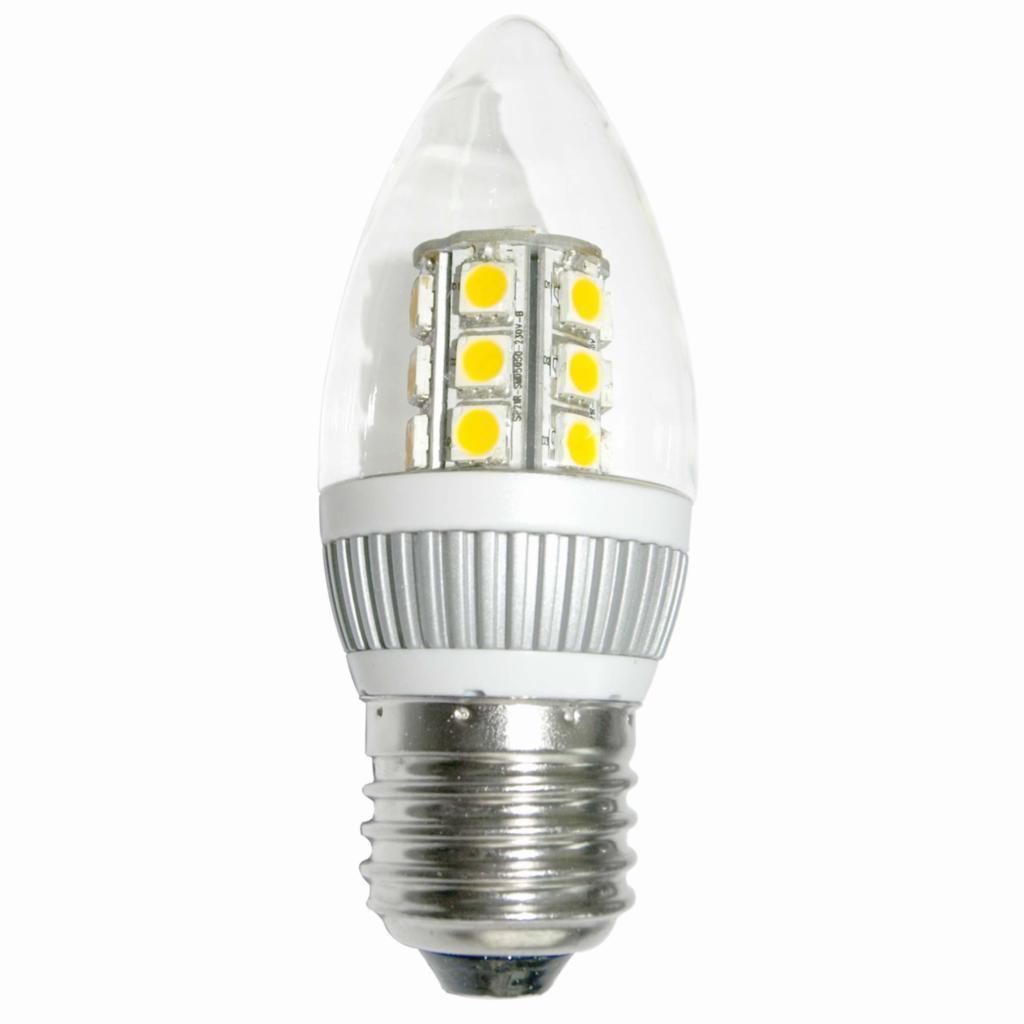LED process, the sapphire substrate by the challenge from the Si and GaN substrate, but taking into account the cost and yield, sapphire in the last two years, still has an advantage, can be predicted that the next development direction of the sapphire substrate is large size and patterning (PSS). Sapphire hardness second only to diamond, so it is thinning and surface planarization processing very difficult to form a set of substantially the same sapphire substrate thinning and flattening process gradually groping green led the industry.
An g24 LED sapphire substrate processing
First for sapphire substrate in a substrate a qualified experienced about cutting, rough grinding, fine grinding and polishing a few processes. 2-inch sapphire, for example:
Cutting: cutting by the cutting machine cut to a thickness of about 500um raw footage from sapphire crystal rod. In this process, the diamond wire saw is the most important supplies, mainly from Japan, South Korea and Taiwan.
Rough polishing: sapphire surface after the cutting of the very rough, rough polishing required to repair deeper scratches, improving the overall flatness. This step is mainly used 50 ~ 80um of B4C added Coolant for grinding, after grinding the surface roughness Ra of about 1um.
The highly polished: Next finer processing, because of the direct relationship to the yield and quality of the final product. Currently standardized 2-inch sapphire substrate having a thickness of 430um, and thus the total removal of the fine polishing of about 30um. Taking into account the removal rate and the surface roughness Ra of the final step is mainly conjunction polycrystalline diamond liquid resin tin plate to the the Lapping way of processing.
The most sapphire substrate manufacturers in pursuit of stability, the use of polycrystalline diamond grinding machine in Japan as well as original fluid. With cost pressures rise, and enhance the level of domestic supplies, domestic supplies products can replace the original green led product, and significantly reduce costs.
Speaking of polycrystalline diamond liquid may wish to say a few words, the general requirements for the polycrystalline diamond liquid micronized particle size should be concentrated, to be structured morphology, which can provide lasting cutting force and surface scratches more evenly. The domestic production of polycrystalline diamond powder manufacturers have the old Beijing the Guorui liters and Sichuan, the Guorui liter at the same time can produce diamonds fluid, and therefore have greater advantages in quality and cost. Diamond Innovation in the United States recently launched a “class polycrystalline diamond”, is actually an improvement for ordinary single crystal diamond, sturdy structure can provide higher cutting forces, but also are more likely to cause deep scratches .
Polishing the: polycrystalline diamond caused scratched significantly less than a single crystal diamond, but it will still leave significant scratches the surface of the sapphire, also after a CMP polishing, remove all the scratches, leaving a perfect surface. CMP process was originally against the silicon substrate and a process of flattening processing, now applies equally on the sapphire substrate. Sapphire substrate after the CMP process through layers of detection to achieve the qualifying standard products can be green led handed over to the epitaxial plant epitaxy.

